



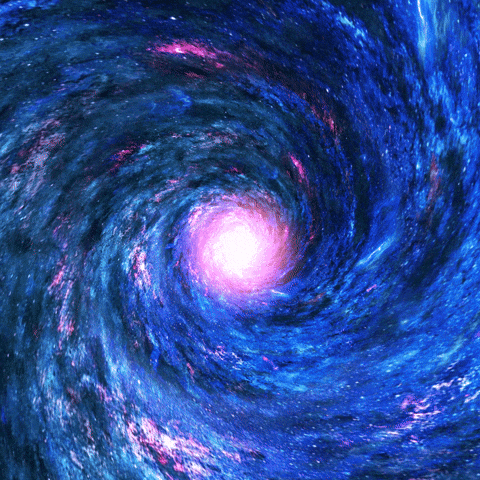
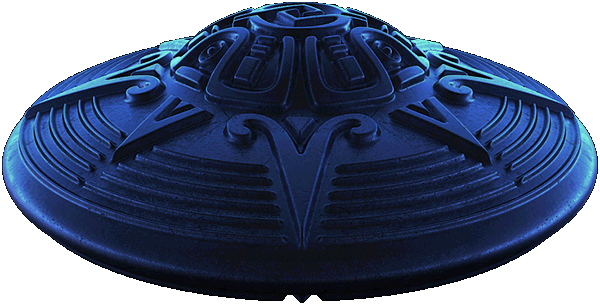

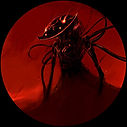
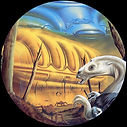

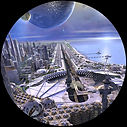

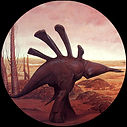


URANUS
Uranus, the seventh planet from the sun, may initially look like a bland, blue-green ball. But there's a lot to love about the icy giant, from its 13 rings to its 27 known moons to the fact that it may even rain diamonds from its hazy atmosphere.
Uranus was the first of three planets in our solar system discovered thanks to the invention of the telescope. In March 1781 British astronomer Sir William Herschel spotted the glinting object in the sky, initially mistaking it for a comet. When it was accepted as a planet years later, Herschel lobbied to call the discovery Georgium Sidus after King George III. Instead, it got its official name from the Greek god of the sky, Uranus, who was both son and husband to Gaea, the goddess of Earth.
The planet Uranus was so hard to find in part because it is a whopping 1.8 billion miles away. But it is actually the third-largest planet in our solar system, and is roughly four times wider than Earth.

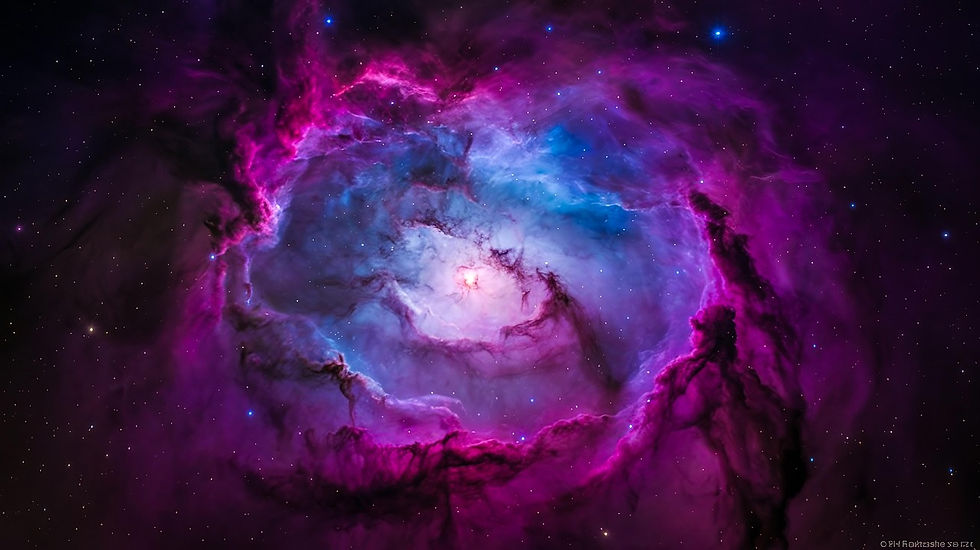
Like Saturn, Jupiter, and Neptune, Uranus is a big ball of gas, often called a jovian or gas giant world. Uranus owes its vibrant blue-green hues not from unusual oceans but from an upper atmosphere flush with methane, which absorbs the sun's red light and scatters blue light back to our eyes.
The rest of planet's atmosphere is largely made of hydrogen and helium, with scant amounts of ammonia, water, and methane. Trace amounts of hydrogen sulfide also hint that, if you could visit this distant place without a spacesuit, the planet would smell like rotten eggs. While Saturn wears the crown for the least dense planet in our celestial family, Uranus is not far behind: Most of its mass is made up of an icy dense fluid of water, ammonia, and methane.
Side spinner
One particularly curious feature of Uranus is its off-kilter positioning. The gas giant is tipped on its side, spinning on its axis at nearly a right angle to its orbital path around the sun, which requires a lengthy 84 Earth-years to complete. Scientists believe that this unexpected tilt is the result of a massive collision with something the size of Earth far in the planet's past.
Thanks to its sideways turn, Uranus has some wild seasons, with the sun blazing across each pole for 21 Earth-years at a time while the opposing side lingers in the pitch blackness of space. And that's not the only strange thing about its spin. Like Venus, Uranus has what's known as a retrograde rotation, turning on its axis in the opposite direction to the rest of the planets.
Also topsy turvy is Uranus' magnetosphere, the magnetic field enveloping the gaseous world. It's tipped nearly 60 degrees from the axis of rotation. That sets the planet's auroras out of line, making them appear far from the poles, unlike those on Earth.
The first planet found with the aid of a telescope, Uranus was discovered in 1781 by astronomer William Herschel. The seventh planet from the sun is so distant that it takes 84 years to complete one orbit.
Photograph courtesy NASA
Beneath the blue
Only one spacecraft, Voyager 2, has ever flown by Uranus at close range. The craft came as near as 50,600 miles to Uranus' cloud tops in 1986, giving scientists their first detailed peek at both the planet and its many curious moons.
During that encounter, Voyager 2 snapped what is perhaps the most famous picture of Uranus—a pale turquoise orb in a sea of darkness. But follow-up observations have since shown that there's more there than initially meets the eye. Voyager 2 captured the planet during its solstice, when one pole was bathed in sunlight and so kept a constant temperature. The lack of thermal change keeps winds to a minimum, making the planet seem bland and static.
But when Uranus moves toward its equinox—a period of time when day and night are of equal length—the sun illuminates the planet’s equator. Different parts of the orb absorb the sun's rays during its 17-hour-long day, and the difference in temperature drives a swirl of storms.
What's more, Uranus's methane acts like a blue shroud, obscuring the features that lie below to telescopes operating in optical light. Infrared images, however, can pierce the layer and peer at the swirl of clouds that hide below.
Planet Uranus, explained
There's still much more to learn about these tempests. In 2014, between Uranus's infrequent equinoxes, astronomers using the 10-meter Keck telescope spotted eight stunning squalls below its blue blanket. Scientists suggest that perhaps these vortices are rooted deeper in the atmosphere, like the storms of Jupiter. But to know for sure, researchers would need a closer look.


Uranus is a very cold and windy world. The ice giant is surrounded by 13 faint rings and 28 small moons. Uranus rotates at a nearly 90-degree angle from the plane of its orbit. This unique tilt makes Uranus appear to spin sideways, orbiting the Sun like a rolling ball.
Uranus was the first planet found with the aid of a telescope. It was discovered in 1781 by astronomer William Herschel, although he originally thought it was either a comet or a star. It was two years later that the object was universally accepted as a new planet, in part because of observations by astronomer Johann Elert Bode.
Namesake
William Herschel tried unsuccessfully to name his discovery Georgium Sidus after King George III. Instead, the planet was named for Uranus, the Greek god of the sky, as suggested by Johann Bode.
Potential for Life
Uranus' environment is not conducive to life as we know it. The temperatures, pressures, and materials that characterize this planet are most likely too extreme and volatile for organisms to adapt to.
Size and Distance
With an equatorial diameter of 31,763 miles (51,118 kilometers), Uranus is four times wider than Earth. If Earth was the size of a nickel, Uranus would be about as big as a softball.
From an average distance of 1.8 billion miles (2.9 billion kilometers), Uranus is about 19 astronomical units away from the Sun. One astronomical unit (abbreviated as AU), is the distance from the Sun to Earth. From this distance, it takes sunlight 2 hours and 40 minutes to travel from the Sun to Uranus.
Orbit and Rotation
One day on Uranus takes about 17 hours. This is the amount of time it takes Uranus to rotate, or spin once around its axis. Uranus makes a complete orbit around the Sun (a year in Uranian time) in about 84 Earth years (30,687 Earth days).
Uranus is the only planet whose equator is nearly at a right angle to its orbit, with a tilt of 97.77 degrees. This may be the result of a collision with an Earth-sized object long ago. This unique tilt causes Uranus to have the most extreme seasons in the solar system. For nearly a quarter of each Uranian year, the Sun shines directly over each pole, plunging the other half of the planet into a 21-year-long, dark winter.
Uranus is also one of just two planets that rotate in the opposite direction than most of the planets. Venus is the other.
Moons
Uranus has 28 known moons. While most of the satellites orbiting other planets take their names from Greek or Roman mythology, Uranus' moons are unique in being named for characters from the works of William Shakespeare and Alexander Pope.
All of Uranus' inner moons appear to be roughly half water ice and half rock. The composition of the outer moons remains unknown, but they are likely captured asteroids.
Rings
Uranus has two sets of rings. The inner system of nine rings consists mostly of narrow, dark grey rings. There are two outer rings: the innermost one is reddish like dusty rings elsewhere in the solar system, and the outer ring is blue like Saturn's E ring.
In order of increasing distance from the planet, the rings are called Zeta, 6, 5, 4, Alpha, Beta, Eta, Gamma, Delta, Lambda, Epsilon, Nu, and Mu. Some of the larger rings are surrounded by belts of fine dust.
Formation
Uranus took shape when the rest of the solar system formed about 4.5 billion years ago – when gravity pulled swirling gas and dust in to become this ice giant. Like its neighbor Neptune, Uranus likely formed closer to the Sun and moved to the outer solar system about 4 billion years ago, where it is the seventh planet from the Sun.
Structure
Uranus is one of two ice giants in the outer solar system (the other is Neptune). Most (80% or more) of the planet's mass is made up of a hot dense fluid of "icy" materials – water, methane, and ammonia – above a small rocky core. Near the core, it heats up to 9,000 degrees Fahrenheit (4,982 degrees Celsius).
Uranus is slightly larger in diameter than its neighbor Neptune, yet smaller in mass. It is the second least dense planet; Saturn is the least dense of all.
Uranus gets its blue-green color from methane gas in the atmosphere. Sunlight passes through the atmosphere and is reflected back out by Uranus' cloud tops. Methane gas absorbs the red portion of the light, resulting in a blue-green color.
Surface
As an ice giant, Uranus doesn’t have a true surface. The planet is mostly swirling fluids. While a spacecraft would have nowhere to land on Uranus, it wouldn’t be able to fly through its atmosphere unscathed either. The extreme pressures and temperatures would destroy a metal spacecraft.
Unable to render the provided source
A 3D model of Uranus.
NASA Visualization Technology Applications and Development (VTAD)
Atmosphere
Uranus' atmosphere is mostly hydrogen and helium, with a small amount of methane and traces of water and ammonia. The methane gives Uranus its signature blue color.
While Voyager 2 saw only a few discrete clouds, a Great Dark Spot, and a small dark spot during its flyby in 1986 – more recent observations reveal that Uranus exhibits dynamic clouds as it approaches equinox, including rapidly changing bright features.
Uranus' planetary atmosphere, with a minimum temperature of 49K (-224.2 degrees Celsius) makes it even colder than Neptune in some places.
Wind speeds can reach up to 560 miles per hour (900 kilometers per hour) on Uranus. Winds are retrograde at the equator, blowing in the reverse direction of the planet’s rotation. But closer to the poles, winds shift to a prograde direction, flowing with Uranus' rotation.
Magnetosphere
Uranus has an unusual, irregularly shaped magnetosphere. Magnetic fields are typically in alignment with a planet's rotation, but Uranus' magnetic field is tipped over: the magnetic axis is tilted nearly 60 degrees from the planet's axis of rotation, and is also offset from the center of the planet by one-third of the planet's radius.
Uranus has auroras, but they are not in line with the poles like they are on Earth, Jupiter, and Saturn. This is due to the planet's lopsided magnetic field.
The magnetosphere tail behind Uranus opposite the Sun extends into space for millions of miles. Its magnetic field lines are twisted by Uranus’ sideways rotation into a long corkscrew shape.
